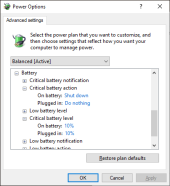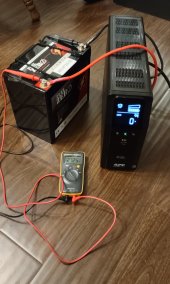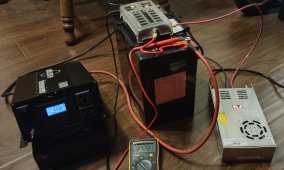Hello! I have some APC BN1500M2 UPS I use for desktop PC and network equipment around my house.
The SLA batteries inside only last a couple years, and I have been using 12V 7Ah Mighty Max replacements.
I want to invest in something with greater longevity and more runtime.
It seems like a solar generator with LiFePO4 batteries could be a good option.
I am having trouble figuring out how a solar generator would communicate battery state and charge level with PC.
The APC UPS has a USB communication port that can be connected to the USB port on a PC. (Windows 10)
It tells the PC how much charge is remaining and what the power source is.

When the remaining charge becomes too low, the PC can shut itself down automatically.

Every UPS with more than 1000VA from APC, CyberPower, and Triplite I have ever seen includes such a communication port, but I have not been able to find any documentation about such a feature in any solar generator specs.
Does anyone know if there is a solar generator with such a communication port feature?
The SLA batteries inside only last a couple years, and I have been using 12V 7Ah Mighty Max replacements.
I want to invest in something with greater longevity and more runtime.
It seems like a solar generator with LiFePO4 batteries could be a good option.
I am having trouble figuring out how a solar generator would communicate battery state and charge level with PC.
The APC UPS has a USB communication port that can be connected to the USB port on a PC. (Windows 10)
It tells the PC how much charge is remaining and what the power source is.

When the remaining charge becomes too low, the PC can shut itself down automatically.

Every UPS with more than 1000VA from APC, CyberPower, and Triplite I have ever seen includes such a communication port, but I have not been able to find any documentation about such a feature in any solar generator specs.
Does anyone know if there is a solar generator with such a communication port feature?






